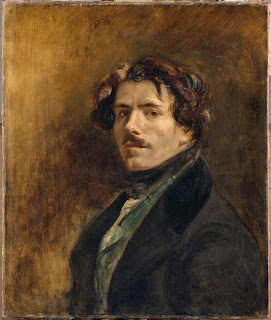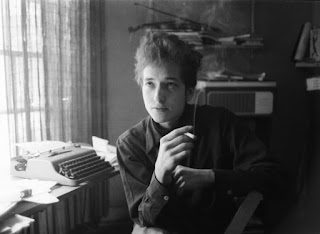from Tina Turner to Amy Winehouse
Photos that capture the legacy of the soul, from Tina Turner to Amy Winehouse.
At the end of the fifties and the beginning of the sixties, soul-black music emerged with elements of R & B, gospel and blues in the south of the United States and later in Detroit, where pop-infused Motown hits and Chicago in their had a grip. Although male artists such as James Brown were in favor of the soul for the first time, women became a driving force in the genre, when legends such as Etta James and Aretha Franklin were central.
Soul music became a powerful tool for tackling social and political issues, such as civil rights and the Vietnam War, which also involved white soul singers like Dusty Springfield and Janis Joplin.
Later genres such as disco and funk are owed to the soul, while artists such as Amy Winehouse, Erykah Badu, Adele and Lauryn Hill represent the contemporary influence and endurance of the genre.
More than a decade ago, in the late sixties, Dutch-born Dutch photographer Gijsbert Hanekroot shot down leading musicians - from Mick Jagger to Bob Marley - for the Dutch music magazine OOR. In images from the early 70s, Tina Turner performs in Rotterdam in an era in which she and Ike Turner made soulful music together,
with hits such as their 1970 cover of John Fogerty's "Proud Mary" being excited. Shoter below, Turner seems larger than life as she performs with powerful, expressive energy. Although Hanekroot left music photography in the early eighties to become a tech and publishing entrepreneur, he recently returned to his oeuvre, digitizing earlier images; publishing an art book, Abba ... Zappa: Seventies Rock Photography, in 2008; and can be seen in Tokyo, Moscow and throughout Western Europe.
Bronx-born Jerry Schatzberg was an instrumental American filmmaker in the 70s, and his film Scarecrow from 1973, starring Al Pacino and Gene Hackman, earned him a Palme d'Or prize at the Cannes Film Festival. Before his film career began, Schatzberg photographed fashion photographs published by Vogue and Glamor, as well as portraits of celebrities from Fidel Castro to Jimi Hendrix. In 1967 he captured Aretha Franklin in the mid-twenties. The close-up photo shows Franklin, seemingly unaware of the camera, caught in the middle of the singing with her frozen mid-swing earring. The image embodies the intimate, airy compositions of Schatzberg, whose unusual angles and stolen moments are more in line with modernist photography than traditional celebrities.
Kind regards Pierre.
At the end of the fifties and the beginning of the sixties, soul-black music emerged with elements of R & B, gospel and blues in the south of the United States and later in Detroit, where pop-infused Motown hits and Chicago in their had a grip. Although male artists such as James Brown were in favor of the soul for the first time, women became a driving force in the genre, when legends such as Etta James and Aretha Franklin were central.
Soul music became a powerful tool for tackling social and political issues, such as civil rights and the Vietnam War, which also involved white soul singers like Dusty Springfield and Janis Joplin.
Later genres such as disco and funk are owed to the soul, while artists such as Amy Winehouse, Erykah Badu, Adele and Lauryn Hill represent the contemporary influence and endurance of the genre.
More than a decade ago, in the late sixties, Dutch-born Dutch photographer Gijsbert Hanekroot shot down leading musicians - from Mick Jagger to Bob Marley - for the Dutch music magazine OOR. In images from the early 70s, Tina Turner performs in Rotterdam in an era in which she and Ike Turner made soulful music together,
with hits such as their 1970 cover of John Fogerty's "Proud Mary" being excited. Shoter below, Turner seems larger than life as she performs with powerful, expressive energy. Although Hanekroot left music photography in the early eighties to become a tech and publishing entrepreneur, he recently returned to his oeuvre, digitizing earlier images; publishing an art book, Abba ... Zappa: Seventies Rock Photography, in 2008; and can be seen in Tokyo, Moscow and throughout Western Europe.
Bronx-born Jerry Schatzberg was an instrumental American filmmaker in the 70s, and his film Scarecrow from 1973, starring Al Pacino and Gene Hackman, earned him a Palme d'Or prize at the Cannes Film Festival. Before his film career began, Schatzberg photographed fashion photographs published by Vogue and Glamor, as well as portraits of celebrities from Fidel Castro to Jimi Hendrix. In 1967 he captured Aretha Franklin in the mid-twenties. The close-up photo shows Franklin, seemingly unaware of the camera, caught in the middle of the singing with her frozen mid-swing earring. The image embodies the intimate, airy compositions of Schatzberg, whose unusual angles and stolen moments are more in line with modernist photography than traditional celebrities.
Kind regards Pierre.






Comments
Post a Comment
Thank you for your response
Kind regards Pierre